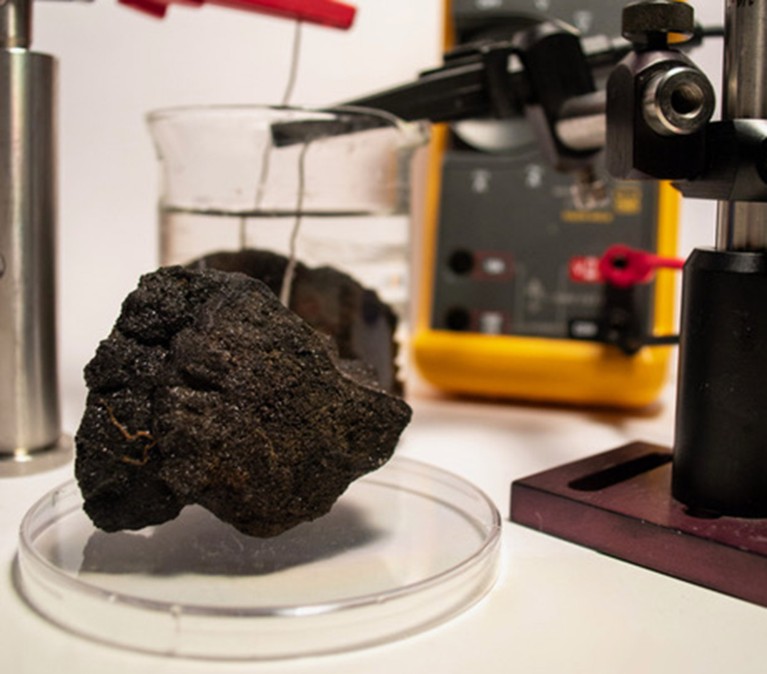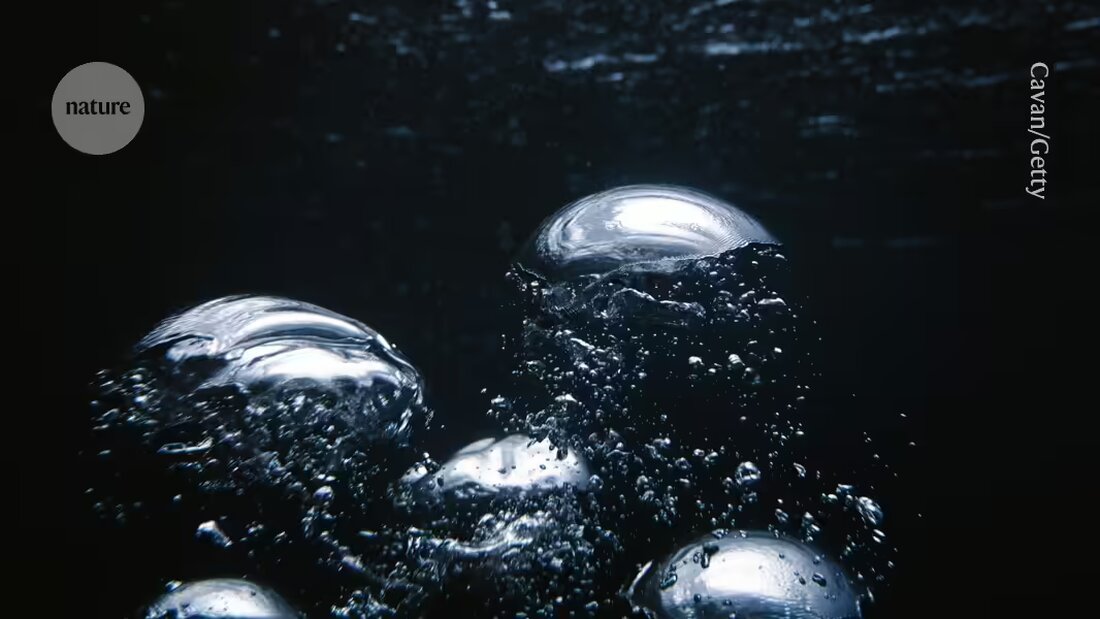Something is pumping out large amounts of oxygen at the bottom of the Pacific Ocean, at depths where a complete lack of sunlight makes photosynthesis impossible.
The phenomenon was discovered in a region covered with ancient, plum-sized formations called polymetallic nodules, which could catalyze oxygen production by presumably promoting the splitting of water molecules. The results are inNature Geoscience 1published.
"We have another source of oxygen on the planet other than photosynthesis," says study co-author Andrew Sweetman, a seafloor ecologist at the Scottish Association for Marine Science in Oban, UK - although the mechanism behind this oxygen production remains a mystery. The findings could also have implications for understanding how life began, he says, as well as the possible impact of the deep sea mining in the region.
The observation is “fascinating,” says Donald Canfield, a biogeochimist at the University of Southern Denmark in Odense. “But I find it frustrating because it raises a lot of questions and doesn’t provide very many answers.”
Sweetman and his collaborators first noticed something discrepant during field work in 2013. The researchers were studying seafloor ecosystems in the Clarion-Clipperton Zone between Hawaii and Mexico, which is larger than India and is a potential target for mining metal-rich nodules. During such expeditions, the team releases a module that sinks to the ocean floor to conduct automated experiments. There, the module drives down cylindrical chambers to seal off small sections of the seafloor - along with some seawater - and create "a closed microcosm of the seafloor," the authors write. The “lander” then measures how the oxygen concentration in the sealed seawater changes over periods of up to several days.
Oxygen streams
Without any photosynthetic organisms releasing oxygen into the water, and with any other organism consuming the gas, oxygen concentrations within the chambers should slowly decline. Sweetman has observed this in studies he conducted in areas of the Southern, Arctic and Indian Oceans, as well as the Atlantic. Seafloor ecosystems around the world owe their existence to oxygen carried from the surface by currents and would quickly die if cut off. (Most of this oxygen comes from the North Atlantic and is transported to the world's deep oceans by a "global conveyor belt.")
But in the Clarion-Clipperton zone, instruments showed that the shut-off water became richer, not poorer, in oxygen. At first, Sweetman attributed the readings to a sensor error. But the phenomenon occurred again and again during subsequent expeditions in 2021 and 2022 and was confirmed by measurements using an alternative technique. “Suddenly I realized that for eight years I had been ignoring this potentially amazing new process, 4,000 meters deep on the ocean floor,” says Sweetman.

The amount of oxygen produced is not small: The gas in the chambers reaches concentrations higher than those in algae-rich surface waters, Sweetman says. None of the other regions Sweetman examined contained polymetallic nodules, suggesting that these rocks play an important role in the production of this "dark oxygen."
As a first test of this hypothesis, the team reproduced the conditions they found on the seafloor in a laboratory on their ship. They monitored samples collected from the seafloor - including polymetallic nodules - and found that oxygen concentrations increased, at least temporarily. "They start producing oxygen up to a certain point. Then they stop," says Sweetman - presumably because the energy that drives the splitting of water molecules is exhausted. This raises the question of where this energy comes from. If the tubers themselves acted as batteries - generating energy through a chemical reaction - they would have been exhausted long ago.
Electric potential
But the nodules could serve as catalysts, allowing the splitting of water and the formation of molecular oxygen. The researchers measured voltages on the surface of tubers and found voltage differences of up to 0.95 volts. While this doesn't quite come close to the 1.5 volts needed to split a water molecule, in principle higher voltages could be generated, similar to how battery voltages can be doubled by connecting two batteries in series, Sweetman says.
Co-author Franz Geiger, a chemist at Northwestern University in Evanston, Illinois, says it's still unclear whether the reaction also produces molecular hydrogen - which happens in industrial electrolyzer reactions thanks to a catalyst - or releases protons in the water while pushing the leftover electrons elsewhere. But the understanding could ultimately have useful applications, he says. “Perhaps there is a blueprint there on the seabed that could help us make better catalysts.”
Eva Stüeken, a biogeochimist at the University of St Andrews, UK, says the results could also have implications for proposals to look for the signature of possible life in the light spectrum of extrasolar planets. “The presence of O2“Gas on other planets may need to be interpreted with additional caution,” she says.
Sweetman says that before deep-sea mining begins, researchers should map the areas where oxygen is produced. Otherwise, ecosystems that have become dependent on this oxygen could collapse if the nodules are removed. “If large amounts of oxygen are produced, this will potentially be important for the animals that live there.”

 Suche
Suche
 Mein Konto
Mein Konto

